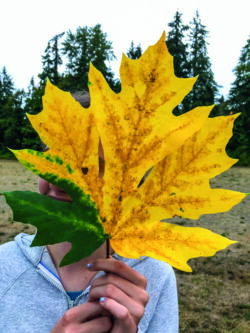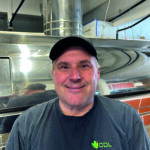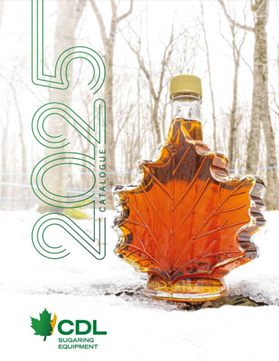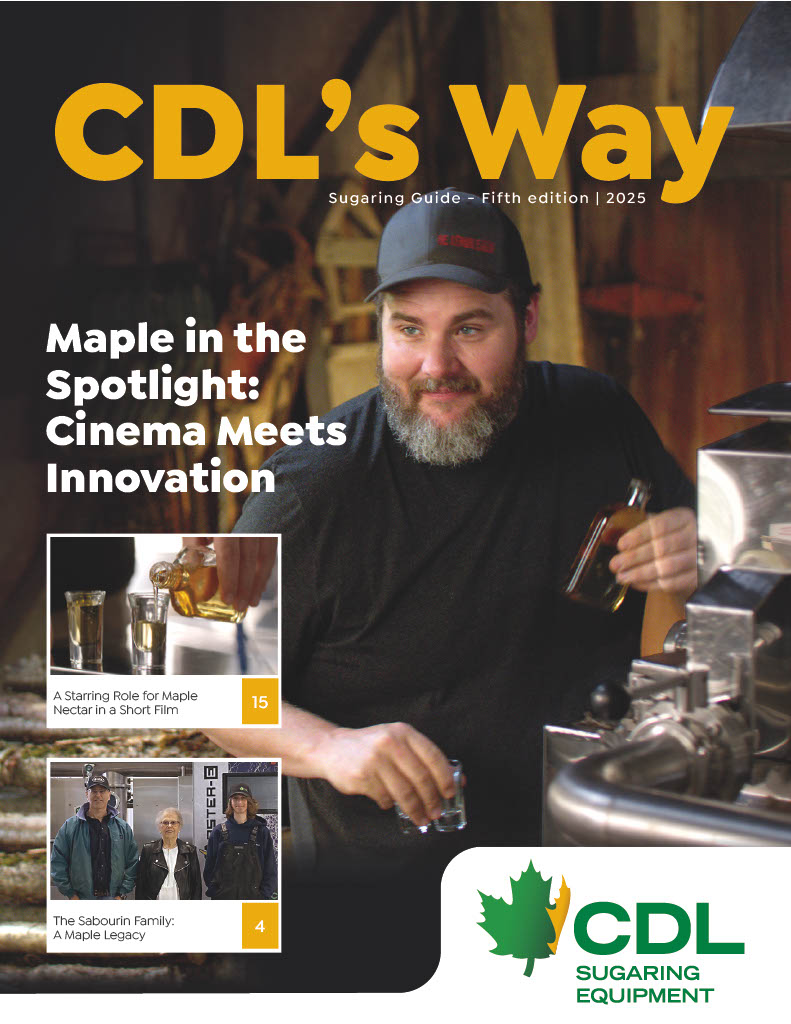A New Era for Maple Syrup: The Rise of Bigleaf Maple
For generations, maple syrup has been closely tied to the towering sugar maple trees of Quebec, Ontario, and the northeastern United States, where the sugar maple reigns supreme. However, a new trend is emerging on the West Coast of the United States, particularly in the states of Oregon and Washington: syrup production from the Bigleaf maple.
Also known as Oregon maple (Acer macrophyllum), this deciduous tree is native to the Pacific Northwest and presents an interesting alternative to the sugar maple, especially for local producers looking to venture into maple syrup production. Supported by academic institutions such as the University of Washington, Washington State University, and the Oregon State University College of Forestry, this initiative has received government funding to explore the potential of this budding industry. 1
Challenges and technological innovations
One of the biggest challenges in tapping Bigleaf maple is its lower sugar content. While sugar maple sap typically contains about 2 degrees Brix, Bigleaf maple sap has nearly half that amount. As a result, it takes between 80 and 90 gallons of sap to produce just one gallon of syrup, compared to approximately 40 gallons of sugar maple sap. 2
However, advancements in maple syrup technology, particularly in the use of reverse osmosis, have helped mitigate this constraint. Reverse osmosis removes a significant portion of the water from the sap before evaporation, reducing both time and production costs. These innovations make Bigleaf maple syrup production economically viable and an attractive opportunity for Pacific Northwest producers.

Bigleaf maple, also known as Oregon maple
An industry in the making
Researchers and maple producers involved in the project remain optimistic about the potential of this new division. It could help diversify
and expand maple syrup production in the forests of the western United States. This new resource could also represent a sustainable development opportunity for the wooded regions of Oregon and Washington.
A promising future for western maple syrup production
The rise of Bigleaf maple syrup reflects the maple syrup industry’s evolution and producers’ ability to innovate in response to climatic and economic challenges. With the proper techniques and continued research support, this new trend could establish itself as a viable regional alternative to traditional maple syrup.
This new perspective is exciting for maple syrup enthusiasts. It proves that no matter the region or species of maple available, there is always a way to tap into this natural resource and share the passion for maple syrup with the world.
References 1 and 2
West Multnomah. (2022, March 16). Bigleaf maple syruo: A Pacific Northwest delicacy and emerging industry. https:/wmswcd.org/2022/03/bigleaf-maplesyrup-a-pacific-northwest-delicacy-andemerging-industry/


